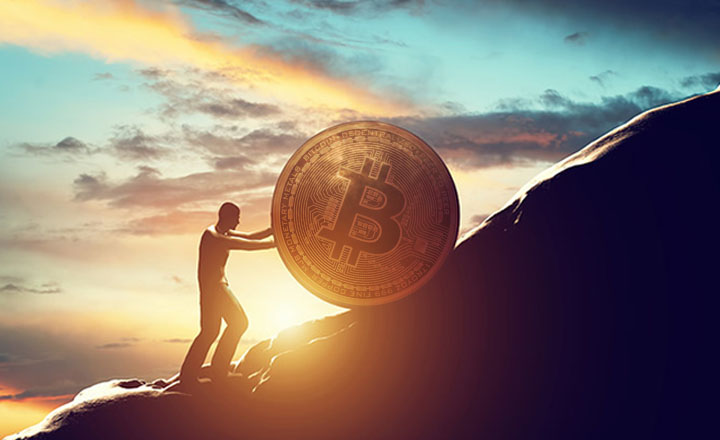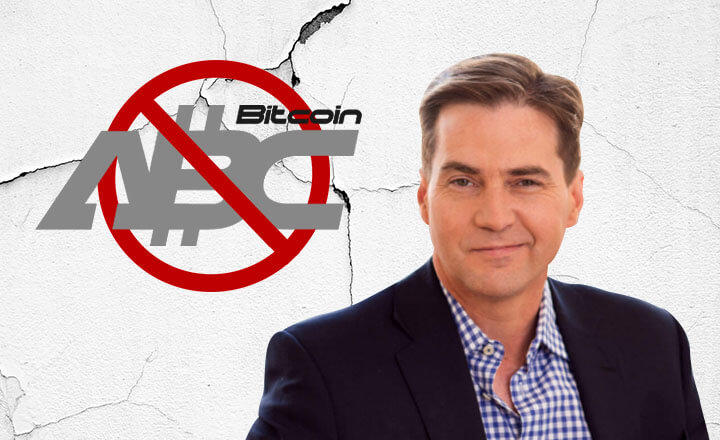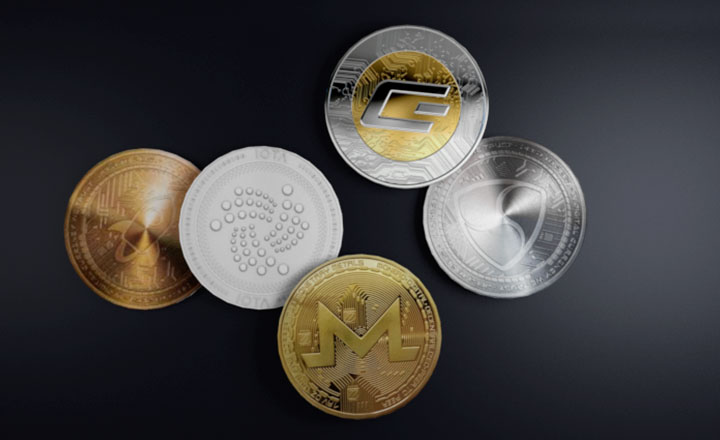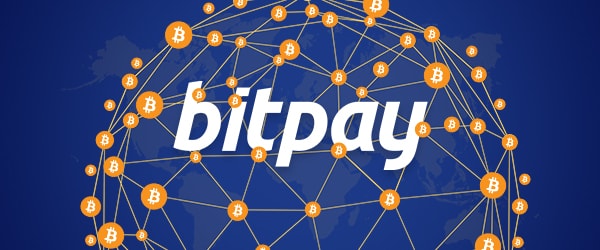Has Bitcoin Kept the Promises It Made from 10 Years Ago?

When it was first introduced in 2008, Bitcoin in its white paper promised to provide users with fast peer-to-peer decentralized transactions. Although Bitcoin struggled to get the approval of various countries over the years, it has won over the hearts of some jurisdictions such as Australia and Canada.
Now, Bitcoin and blockchain are being used to purchase goods and improve different sectors. Regardless of these achievements, one big question still hangs among users: Has the cryptocurrency fulfilled the major goals it stipulated from 10 years back
1| Fast Peer-to-Peer Transactions
As stated in bitcoin.org, Bitcoin was made to provide users with “fast peer-to-peer transactions.” When the coin was released, transactions can be done within 10 minutes. But according to Blockchain.com, in 2017, the average transaction time is 78 minutes up to 1,188 minutes.
For a transaction to be complete, a miner must first solve a block to verify the said transaction. The network can provide 2,016 blocks every two weeks. Solving blocks would take an average of 10 minutes before since there were few miners then. But when Bitcoin gained much the attention of users around the world, the number of miners tremendously increased.
As a result, the mining difficulty increased. Solving blocks began to take too much time than transaction completion could already take as long as over 1,000 minutes.
Ryan Radloff, CoinShares co-founder and principal, said in an interview with CNBC:
“One of Bitcoin’s biggest problems right now is that so many people want to use the currency that from time to time the network gets bogged down. So what you have in that situation is you have other currencies that step up, they don’t have as much demand to use the protocols yet, and will settle quicker.”
This issue pushed developers to create Bitcoin alternatives called “Altcoins” to solve this problem. These coins have the same structure as Bitcoin but with better features such as faster transactions.
Although Bitcoin was able to fulfil its objective in terms of transaction speed in its first few years, the crypto coin failed to keep itself faithful to its promised fast peer-to-peer transactions. This is one reason many considered switching to another digital asset.
2| Low Transaction Fees
Another supposed feature of Bitcoin is low transaction cost. At first, users of the cryptocurrency had to pay an amount per transaction too low that they would not feel burdened. But overtime, users started to notice that the fees continued to rise.
Game distribution platform Steam even decided to stop accepting Bitcoin as payment because of this. Valve, the company that runs Steam, said in a blog post that the price surge of Bitcoin fees would lead to “unreasonably high costs for purchasing games when paying with Bitcoin”. It added:
“At this point, it has become untenable to support Bitcoin as a payment option. We may re-evaluate whether Bitcoin makes sense for us and for the Steam community at a later date.”
The company also feared that the high transaction cost would result to “even greater problems when the value of Bitcoin itself drops dramatically.”
But what mainly causes these increasing fees? Unfortunately, it is the prioritization of miners. Miners are the ones who validate each transaction in the blockchain network. These individuals then receive rewards from the network through transaction fees. The fee depends on how fast the user wants to get his funds.
With the growing number of Bitcoin transactions each day, miners tend to prioritize transactions with higher fees. This issue has pushed users to pay overprized fees just to receive their funds. Some have even decided to switch to another altcoin with a lower transaction fee.
So has Bitcoin kept its promise of low transaction cost? No.
3| Decentralized Structure
The core innovation of Bitcoin is its decentralized structure. This means that the crypto coin has no central control, unlike fiat currencies. The Bitcoin network uses nodes to communicate with one user to another. This decentralized feature eliminates the risk of tampering, loss of data, and hacking. Plus, no third party will be involved in transacting through Bitcoin.
Fortunately, all throughout Bitcoin’s 10 years of existence, the Bitcoin network has kept its system decentralized. No one has taken central control of the platform, and users around the world has always had access to blockchain.
4| Worldwide Adoption
The developers of Bitcoin were aiming for the worldwide adoption of the cryptocurrency. This was a goal difficult to achieve, considering that there used to be a tight proportion of those who approved of this digital asset and those who did not.
Over the years, though, more and more people have come to know the benefits they would get from the cryptocurrency. Not surprisingly, Bitcoin already began to be used by many individuals from different countries. Included in the countries that now support Bitcoin are Australia and Canada.
In Australia, locals can pay using Bitcoin to travel and buy properties. In Canada, after the Governor General gave consent to Bill C-31 that formally allows the use of virtual currencies in 2014, the number of Bitcoin-accepting blockchain start-ups in the country increased. Among these start-ups were Paycase Financial Corp., Coinsquare Ltd, and Crypto Consultant.
Other countries that are now considered Bitcoin-friendly are Switzerland, United Kingdom, Denmark, Portugal, Germany, the Netherlands, Finland, and Malta. This was according to the analysis published by Blockchain and Bitcoin Conference Switzerland.
On the other hand, there are still jurisdictions that strictly prohibit the use of any cryptocurrency. Some of these are Afghanistan, Qatar, and Bangladesh. Having a dominantly Muslim population, these countries argue that the coin is “not compatible with Islam” and that the coin could harm their citizens. Bangladesh even has a Foreign Currency Control Act and Money Laundering Control Act for Bitcoin.
But considering that Bitcoin is now widely used across continents, it will not be wrong to say that the digital asset has already achieved worldwide adoption.
Among all the four promises above, only decentralized structure and worldwide adoption were kept by Bitcoin. Fast and low-cost peer-to-peer transactions were provided in the first few years from the coin’s launch, but these were never sustained. Now, Bitcoin transfers take more time and charge bigger.
As a result, many altcoins surfaced, promising better features that users wish the first cryptocurrency had. But even if many users switched to altcoins, Bitcoin still remains as the highest-priced virtual currency. This is why a lot still kept faithful to this cryptocurrency, thinking it will never be toppled in value by any other digital asset.









